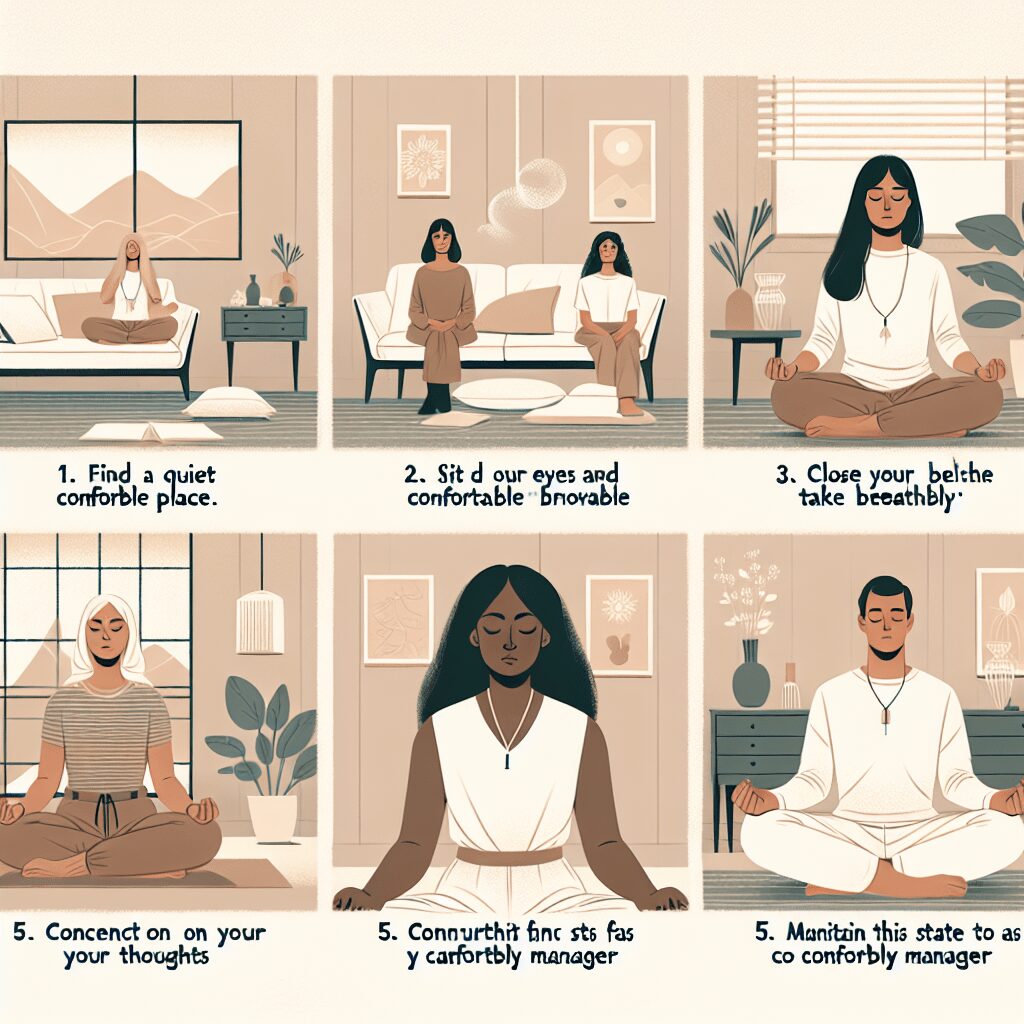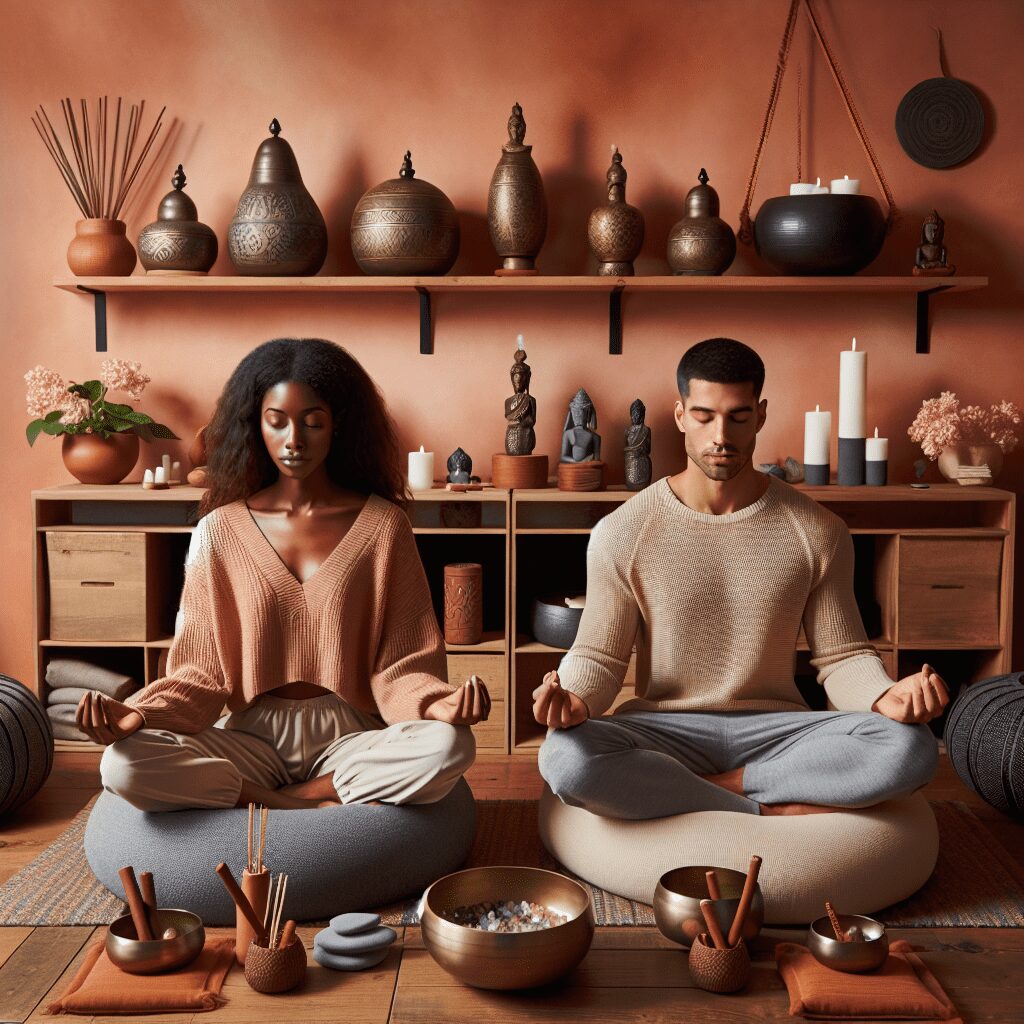
Prioritize your mental well-being daily. Enhance your life by nurturing your mental health with the Smart Meditation app. Break free from stress, alleviate anxiety, and enhance your sleep quality starting today.
How To Sit When Meditating?
Discovering the Art of Sitting for Meditation: Master the Basics and Beyond
Meditation, the age-old practice of mindfulness and inner peace, isn’t just about silencing the mind or controlling the breath. Believe it or not, the way you sit can play a monumental role in the effectiveness of your practice. To newcomers, this might seem like a trivial detail, but seasoned practitioners know that proper posture is the gateway to deeper, more fulfilling meditative experiences. So, let’s dive into the nuts and bolts of sitting pretty (and properly) during meditation.
The Foundation of Good Posture
First things first, let’s talk about the elephant in the room – finding that “just right” position that’s neither too rigid nor too relaxed. It’s like Goldilocks finding the perfect porridge; it takes a bit of trial and error.
-
The Classic Lotus Position: This venerable pose is what pops into most minds when they think of meditation. Legs crossed, each foot resting atop the opposite thigh, it’s the poster child of meditation poses. A word to the wise, though – it’s not for everyone. Flexibility issues? You might want to give this one a pass.
-
The Comfortable Cross-legged Position: Ah, the sweet spot for many. It’s pretty much what it says on the tin – sitting cross-legged but without the gymnastics required for the Lotus. A cushy meditation cushion or mat can make this position a lot more comfy.
-
The Chair Brigade: For those who find the floor a bit too down-to-Earth, a chair can be your best buddy. Sit with your feet flat on the ground, spine straight but not stiff, like a majestic oak, not a stiff board. Remember, no slouching!
-
The Kneeling Contemplator: If you fancy a bit of a change, why not give kneeling a shot? A meditation bench can save your knees from barking back complaints and keep your spine from rebelling.
Making the Connection: Body, Mind, and Breath
Now that you’ve got the lay of the land, let’s get down to brass tacks. The key to a productive meditation session lies in harmony between the body, the mind, and the breath.
-
Mind Over Mattress: Let’s face it, comfort can lead to snoozeville. Opt for a posture that keeps you alert and focused. A drooping head or sagging shoulders are like sending a VIP invite to sleep. Keep that back straight, but not straitjacket tight.
-
Breathing Room: Whether you’re in Lotus land or chair chilling, ensure your breathing isn’t cramped. Your diaphragm should have enough room to do its thing – you know, keeping you alive and well. Shallow breaths are out; deep, belly breaths are in.
-
Mindful Adjustments: Here’s the kicker – it’s okay to fidget. Yep, you read that right. If something feels off, tweak it. The aim is to reduce distractions, not create a museum of frozen statues.
Wrapping It Up
Remember, finding your ideal meditation posture is a journey, not a sprint. It’s all about what works for you, not what looks cool on Instagram. Experiment, adjust, and listen to your body. After all, it’s not just about sitting; it’s about connecting – with yourself, your breath, and the ambient universal wifi. So go ahead, find your spot, strike a pose (comfortably), and let the magic of meditation do its thing. Who knows? You might just find your inner zen master along the way. Happy sitting!





